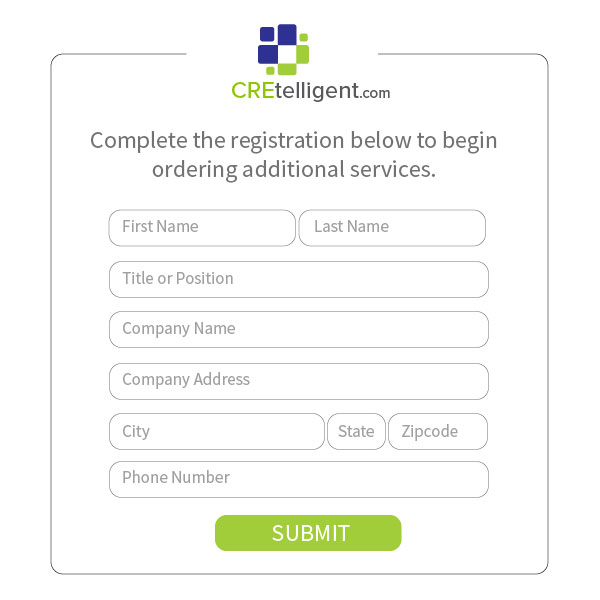Did You Know?
That Property Condition Assessments & Phase 1 Environmental Site Assessments go together like peanut butter and chocolate?
Well, we’re officially into March and so many signs point to a continuing recovery as we approach one year living with COVID. The commercial real estate market, while trying to be resilient, is showing signs of impairment, particularly hotel, retail, and office. I’ve read that, collectively, these three asset classes have over $100B in distress or potential distress.
Before these assets are involved in a transition (refinance, purchase, distressed sale, or work out) – the need to really understand CRE asset quality is critical.
While CRE property valuations and environmental assessments are compulsory on nearly every deal, a critical service I often see omitted from the due diligence process is a Property Condition Inspection of some type.
You’d never dream of purchasing a residential property without a home inspection that identifies structural deficiencies, repair needs, and estimated expenses. The same goes for any CRE property. The prospective buyer should certainly insist on this pre-purchase diligence and so should the lender.
When evaluating a borrower’s/buyer’s capacity and credit, the lender is generally relying on the business (subject property) producing income to cover the debt service. But valuing the property (appraisal) and performing an environmental assessment DOES NOT address the physical condition of the building (structure, foundation, roofing, interior, etc.), nor the various systems (electrical, plumbing, HVAC, etc.).
There are several different services that fall under the heading of “CRE Property Inspection.” Some are on-site visual inspections to identify overall condition and provide a write up of building and systems concerns and potential problems. I’ve seen these marketed under the headings, PCI, CBI, and LPCA. These reports provide insight into building/property deficiencies, help buyers and lenders avoid catastrophic situations, and can be a tool to assist the buyer in renegotiating the purchase price, should significant issues surface.
The industry benchmark is an ASTM E2018-15 Property Condition Assessment (PCA). The PCA also includes visual inspections of the property, buildings, and systems, but then provides the critical element of estimated costs or capital expense for proper remedy (repair or replacement) of identified deficiencies.
If the buyer and lender really want to understand future cash flow projections that include immediate and short-term cost estimates – along with a multi-year probable repair/replacement budget – then a Property Condition Assessment (PCA) is a must.
Is it any wonder that the GSEs require an appraisal, environmental assessment, and a Property Condition Assessment on their multi-family small balance loans?
Would you ever purchase a residential property without a home inspection? Then why not ensure future cash flow projections and capital expenses are well understood by doing a Property Condition Assessment on CRE deals?
Many corporations that buy and sell CRE properties and lending institutions have policies governing due diligence requirements for CRE loan transactions. The decision to perform a PCA is often driven by asset class, property type, property/building age, and loan amount.
On structures built more than 5 years ago and loan amounts over $1M, the PCA becomes a critical service to understand deficiencies, and the associated replacement or repair costs.
For real CRE Collateral Certainty, buyers, lenders, and investors will require a pre-purchase due diligence package that includes a property valuation, environmental assessment, and a Property Condition Assessment. Not doing any one of these leaves you open to potential exposure, hidden risks, unplanned-for-expenses, and increased loss severity.


















